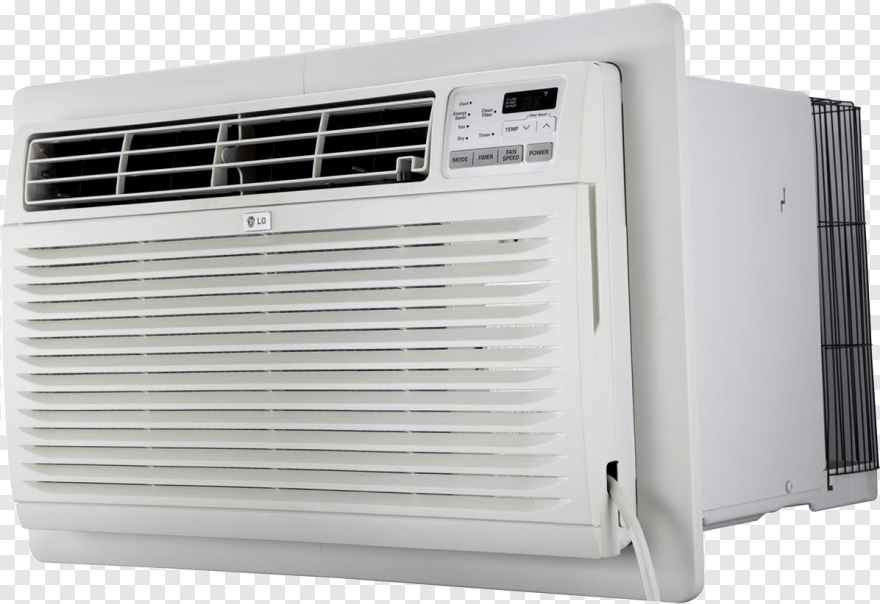Demystifying Through-the-Wall Air Conditioners: How They Work
How Does a Through-the-Wall Air Conditioner Work?
Welcome to our comprehensive guide on understanding the inner workings of through-the-wall air conditioners. In this article, we will delve into the mechanisms behind these cooling devices, shedding light on their operation, benefits, and considerations. Whether you are a homeowner looking to install a new unit or simply curious about the technology, this article will provide you with valuable insights.for cooling individual rooms or small spaces. Unlike traditional window units, these air conditioners are designed to be installed directly into an exterior wall, providing efficient cooling without obstructing your window view.
The primary function of a through-the-wall air conditioner is to extract heat from the indoor air and expel it outside, creating a comfortable and cool environment within the room. It achieves this through a series of intricate processes that involve refrigeration, air circulation, and temperature control.
While the specific design and features may vary between models and manufacturers, the fundamental principles of operation remain consistent. Understanding these principles will help you make informed decisions when selecting, installing, and maintaining a through-the-wall air conditioner.

In the following sections, we will explore the inner workings of through-the-wall air conditioners in detail. We will discuss the key components, such as the compressor, condenser, evaporator, and refrigerant, and how they work together to achieve efficient cooling. Additionally, we will highlight the benefits of using through-the-wall air conditioners and important considerations to keep in mind.
So, let’s dive into the fascinating world of through-the-wall air conditioners and uncover the science behind their cooling prowess!
The Inner Workings of Through-the-Wall Air Conditioners
Through-the-wall air conditioners operate using a combination of refrigeration, air circulation, and temperature control mechanisms. Let’s explore each of these components in detail:
1. Compressor
The compressor is the heart of the through-the-wall air conditioner. It plays a crucial role in the cooling process by compressing the refrigerant gas, increasing its pressure and temperature. This high-pressure gas then moves to the condenser.
2. Condenser
The condenser is responsible for dissipating the heat absorbed from the indoor air. It consists of a network of coils and fins that facilitate the transfer of heat from the refrigerant to the surrounding environment. As the hot refrigerant gas flows through the condenser, it releases heat and transforms into a high-pressure liquid.
3. Expansion Valve
The high-pressure liquid refrigerant then passes through the expansion valve, which regulates its flow into the evaporator. The expansion valve reduces the pressure of the refrigerant, causing it to rapidly expand. This expansion leads to a drop in temperature, preparing the refrigerant for the next stage of the cooling process.
4. Evaporator
The evaporator is where the actual cooling takes place. As the low-pressure, cold refrigerant enters the evaporator, it absorbs heat from the indoor air, causing the air temperature to decrease. The evaporator consists of a set of coils that facilitate the heat exchange process. The cooled air is then circulated back into the room, while the refrigerant, now in a gaseous state, returns to the compressor to repeat the cycle.
5. Refrigerant
The refrigerant is a vital component in the cooling process. It is a specialized fluid that has a low boiling point, allowing it to change states from a gas to a liquid and vice versa at relatively low temperatures. The refrigerant absorbs heat from the indoor air in the evaporator and releases it outside in the condenser, enabling the cooling effect.
Benefits and Considerations
Through-the-wall air conditioners offer several benefits, including:
- Efficient cooling for individual rooms or small spaces
- Flexibility in installation, as they do not obstruct windows
- Improved energy efficiency compared to some other cooling options
- Ability to control temperature and humidity levels
However, there are also considerations to keep in mind when using through-the-wall air conditioners:
- Proper installation is crucial to ensure optimal performance and prevent air leakage
- Regular maintenance, such as cleaning filters and coils, is necessary for efficient operation
- Noise levels can vary between models, so it’s important to choose one that suits your preferences
- Some units may require professional installation, depending on the complexity of the setup
Conclusions
Through-the-wall air conditioners provide effective cooling solutions for individual rooms or small spaces. By understanding the inner workings of these devices, including the compressor, condenser, expansion valve, evaporator, and refrigerant, you can make informed decisions when selecting, installing, and maintaining your unit.
Remember to consider the benefits and considerations associated with through-the-wall air conditioners to ensure optimal performance and comfort in your space. With proper installation and regular maintenance, these cooling devices can provide reliable and efficient cooling for years to come.